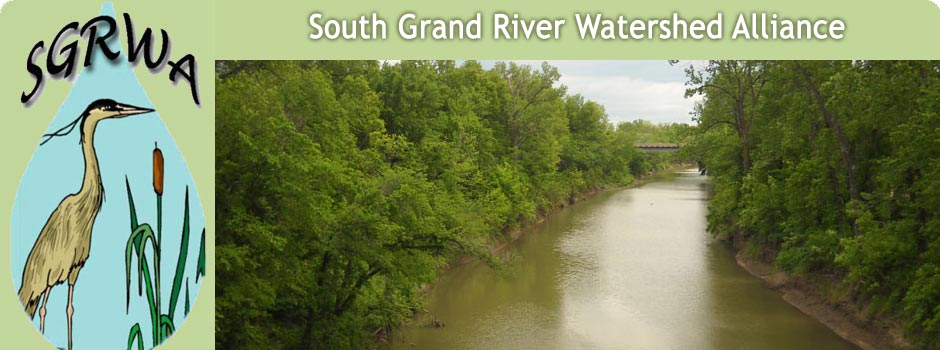Providing and managing adequate buffer zones along waterways are essential for a healthy watershed.
A buffer zone along a stream serves as a natural boundary between the stream and development or agricultural activity. Buffers help protect our resources by filtering pollutants, providing flood control, minimizing stream bank erosion, moderating stream temperatures, providing essential habitat, and providing room for lateral movement of the stream channel. Protecting existing buffer zones and incorporating them in areas where none exist are significant actions for the protection of water quality, and for providing aquatic and terrestrial habitat.
Many municipalities have enacted ordinances that specify the size and management of stream buffers. A strong buffer ordinance that establishes the sizes of buffer areas for different stream orders is only the first step in providing for stream buffers. Municipalities also need an effective buffer program to manage buffer zones and to enforce buffer regulations.
The accompanying graphic provided by BNIM illustrates recommended buffer zones for a first order stream and for a fifth order stream. First order streams are the smallest streams (the very beginnings of the drainage system) that have no tributary streams. When two first order streams unite, they form a second order stream with third order streams being formed with the union of the first and second order stream tributaries etc. Learn more about your watershed at www.sgrwa.org
